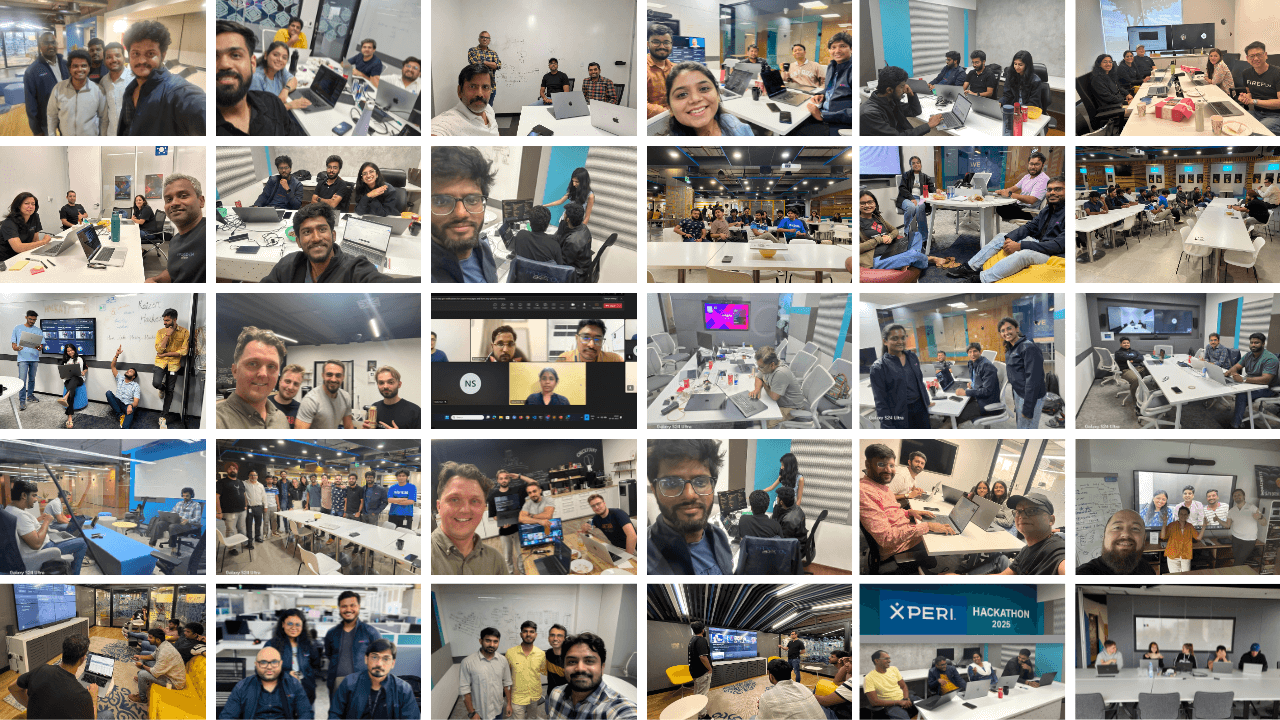It’s February already? By now, you’ve likely read lots of articles making bold predictions about what 2025 has in store. If you read this blog, you’ve seen a couple of those here. Now that we are solidly into the new year, and some of the haze of those bold New Year predictions has begun to wear off, I thought it was time for us to look at 2025 and a handful of the concrete realities we might need to face as an industry — if not this year, then relatively soon.
As it pertains to the connected TV (CTV) OS ecosystem, the industry is in a bit of a slog at the moment. The reason I call it a slog is that consumers still do not buy TVs because of their operating systems. When people buy a TV, they do so usually for three main reasons:
- The name brand on the box, which relates predominantly to the perceived quality of the brand
- The price
- Their preferred streaming apps are on the TV
For most people, the buying decision is based mostly on brand and price. The OS running on that TV doesn’t directly drive a significant measure of consumer buying behavior.
In fact, there isn’t necessarily much consumer recognition of the value of the operating system. This consumer mentality seems unlikely to change anytime soon for numerous reasons. And yet, from the advertisers’ point of view, the OS powering a CTV is an important consideration. This is where we come to the “facing reality” portion of the discussion: while the industry will never stop addressing the needs of its consumers, most of the necessary evolution will involve facing the realities for advertisers.
A general focus shift
The CTV OS increasingly revolves around advertising opportunities that are staged on the OS platform. The typical advertiser doesn’t care much about the quality of the screen because nearly all of the CTVs sold today have what advertisers would consider to be good-quality screens. The advertiser instead cares about how and where their ads will appear in the different OS ecosystems and if they will be able to measure the effectiveness of their ad spending.
The ad experience varies widely across the different operating systems. Speaking first about the increasingly ubiquitous “homepage hero” ad that exists on each of the different platforms, the ad specs vary widely depending on the manufacturer and even within a single manufacturer’s product line. Among the largest OEMs, there are often totally different ad specs on a homepage for any given TV brand, depending on if it’s a 2016 or a 2022 TV versus a 2023 and newer TV. Every year of TV and every model of TV has slightly different specs. While there has been an initiative to make these specs more consistent across all years and models, there are limitations related to the chipsets used in each of these TVs that create this fragmented homepage experience. This fragmentation creates a huge challenge for advertisers, who have to develop multiple iterations of their ads for every different version of the different OEMs where they advertise.
Simplifying the buying process for advertisers
So yes: If you’re an advertiser pushing homepage ads on a CTV, the OS provider needs to make it easier for you to provide them with a creative asset that will work across every TV in their ecosystem. But it doesn’t end there.
The revenue models for the CTV ecosystem have begun to shift strongly toward advertising-supported models, which implies that similarly, the OS needs to evolve toward streamlining and uniformity.
In the FAST and AVOD environments especially, the advertising conversation extends beyond the homepage hero ad and into the CTV video ads. Advertisers who buy ad space on these platforms have a strong motivation to make sure that their CTV ad buys are not duplicating their other media buys. The various TV manufacturers and their different operating systems have unintentionally created a situation where advertisers have to deal with a lot of confusing requirements and specifications. The industry needs to streamline and even standardize the advertising components of its systems in order for this ecosystem to thrive.
Reducing wasted impressions
Speaking of duplicated efforts, approximately 51% of consumers are running a secondary device on their smart TV, such as a TiVo Stream 4K (if you’re in the U.S.) or a gaming console like a PlayStation or Xbox. These external devices have their own operating system, and each has advertising opportunities as well. If you’re a consumer with a smart TV and you run a Fire Stick on it, you may not even realize that there are very likely two ads running simultaneously: one on the CTV and one on the Fire Stick. As a consumer, this likely won’t impact you much (if you’re even aware). But the advertisers are paying for both of those, the one you can see and the one you can’t. This puts a strong onus on the first operating system exposed in such a scenario to demonstrate its value to consumers in order to prove to advertisers that they will be able to gain a valuable impression there.
If the OS provider isn’t able to do this, it can result in wasted impressions, which the advertiser would have no way of being able to track or account for. However, if advertisers had a way to track or account for these wasted impressions, they would be able to more accurately calculate the return they are getting on their ad spend.
Where do we go from here?
The common theme here is that advertisers need the CTV OS experience to be more transparent and consistent for them than they have been. As streaming TV continues to evolve toward a greater level of reliance on ad spending, the advertisers are going to demand to have a higher degree of visibility into where exactly their ad dollars are going.
Advertisers want to know the answers to a few questions: How many people did I reach? How often did I reach them? What was their level of engagement? That’s the core of advertising. And with today’s technology, there is no good reason why advertisers can’t expect that kind of transparency with their valuable ad expenditures.
To learn more about TiVo’s advertising solutions, click here.



